This post may contain affiliate links where I earn a commission, at no additional cost to you, if you decide to make a purchase after clicking on a link. Please see our Disclosure Policy for full details. Thank you for your support!
We’ve all been there. December rolls around and while you should be feeling merry and bright, you feel nothing but dread because you have to pay for Christmas out of this month’s check. It’s going to be tight. Did you know this anxiety-inducing money situation could be completely avoided with sinking funds?
There is a very simple way to save up for large upcoming expenses. Once you learn it, you’ll wish you had started years ago.
Let me tell you about the magic of sinking funds.

What Are Sinking Funds?
A sinking fund is a way to save for larger upcoming expenses by putting a set amount of money aside each month until you reach a specific savings amount by a target date.
Sinking funds are also commonly referred to as savings funds.
An example would be saving up $1000 for Christmas by setting aside $100/mo from January through October.
It may sound basic, but there’s more.
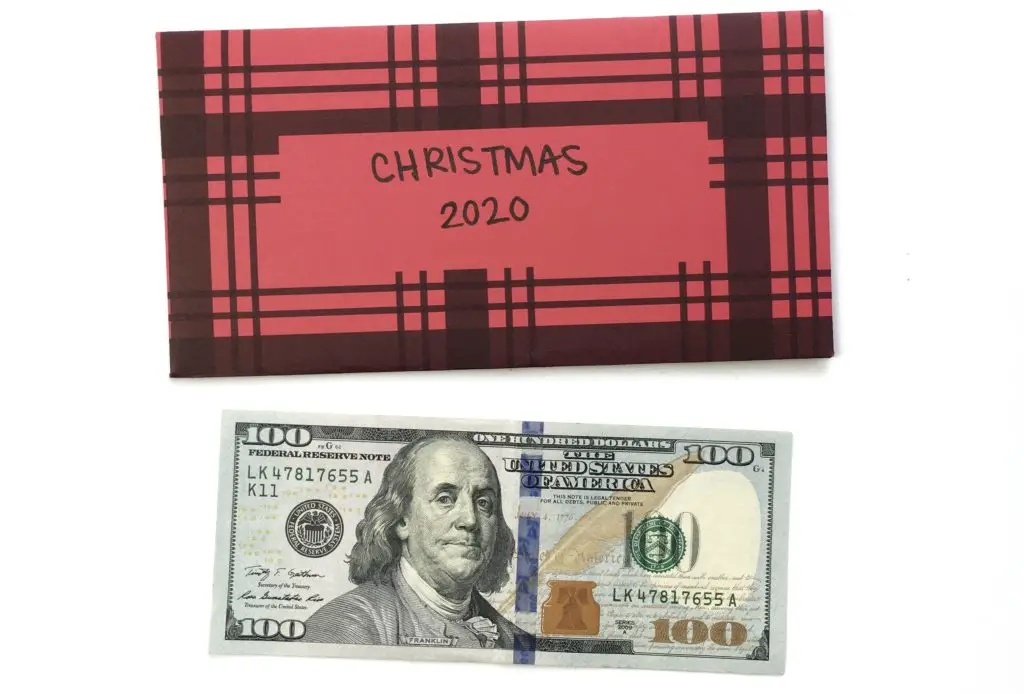
How Can Sinking Funds Help Me in My Financial Journey?
Sinking funds are a way to prepare for life’s expected expenses. Unlike an emergency fund which is for unexpected things, sinking funds are put in place so that you are prepared for those larger expenses that you can count on coming up!
Why is Christmas a surprise?
Why do we never have cash set aside for car repairs?
Those things are going to happen. We know this! There is no good reason to not save up and prepare for expenses like this ahead of time.
Sinking funds keep you incredibly organized and allow you to save up for upcoming expenses and easily afford them in cash!
What Are The Most Common Sinking Funds?
You can create a sinking fund for anything, but there are some really common ones you may want to consider starting today.
Here are common expenses that would be great to save up for ahead of time through sinking funds:
- Birthdays
- Car registration
- Car maintenance
- Holiday season/Christmas
- Property taxes
- Pet emergencies
- Vacations
- New vehicles
What would it feel like to have $1,00 set aside for Christmas by November 1st? Or have $20,000 set aside for your new car purchase when your clunker finally dies off?
Through sinking funds, this is possible.
Related reading: How We Save $1,000 for Christmas by November 1st
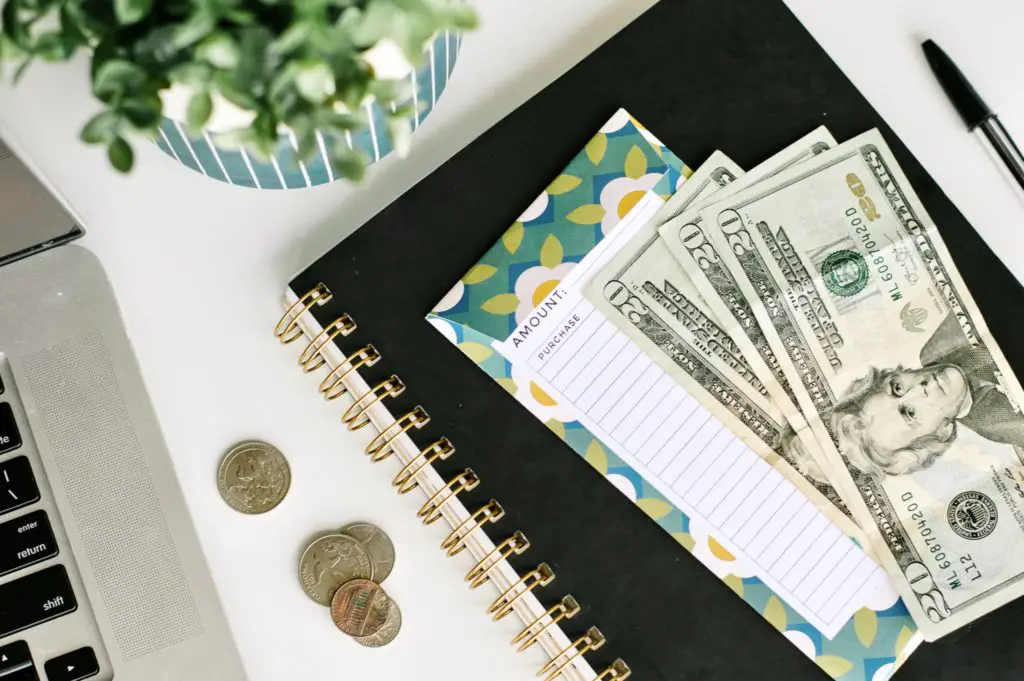
How Much Should I Save In Each Fund and When?
Sinking funds are easy to put together! All you have to do is:
- Figure out your target end date (this may be known, like for Christmas, or unknown like for car repairs. If the end date is unknown, plan to set a small amount aside monthly until the funds are needed or it reaches a sufficient amount)
- Figure out how much money you want to have saved
- Divide the target amount by the number of months until your target end date. That will give you the amount of money you need to save each month in your sinking fund.
For example:
Target end date: November 1st (so if you start the sinking fund in January it will be 10 months away)
Amount to save: $1000
$1000 saved over 10 months = $100/mo you’ll need to save.
Example of saving multiple family sinking funds:
| FUND | TARGET AMOUNT | END DATE | AMOUNT TO SAVE MONTHLY |
| Car Repairs | $500 | Unknown | $50/mo |
| Christmas | $1000 | 10 months | $100/mo |
| Vacation | $2000 | 24 months | $85/mo |
| TOTAL | $235/mo |
Where Should I Keep My Sinking Funds?
I prefer to place my small sinking funds in a cash envelope, and large ones in a savings account. Both work great, it’s just up to your personal preference!
You can also save them in a high yield savings account like Ally or Capital One 360. These two online banks actually allow you to separate and label your sinking funds into buckets so you don’t have to lump them all into one account! Plus, they offer much higher APY than a regular savings account so your savings can actually be earning you money.
Note: Sinking funds should be kept separate from your emergency fund for optimal organization.
Related reading: 5 Best High Yield Savings Accounts
What’s Next Once a Sinking Fund is Complete?
If your sinking fund is saving up for a specific purchase like a vehicle or a vacation, you can now purchase it in cash! Let the shopping commence!

If your sinking fund is for something “just in case,” like car repairs, or gifts, hang onto it until it’s needed, and you’ll have the cash ready to go.
If your sinking fund is an annual expense like Christmas or birthdays, after you spend the cash from the sinking fund you can immediately get started again for next year! Just rinse and repeat!
How Many Sinking Funds Should I Have?
I recommend having 3-6 funds, max. Any more than 6 and the monthly savings amount will eat up too much of your income, and be a hassle to manage.
I have seen people who have more, and that works too! But I don’t think it’s necessary to get too crazy with them.
Sinking funds are a tool to help you stay on track with your budget and finances. They force you to think long-term and plan ahead instead of throwing things on a credit card or being stressed and broke!
I hope this has answered all your questions about sinking funds and that you’re ready to dive in.
Which ones are you going to begin? Let me know!
Did you enjoy this post? Save it to Pinterest for later!

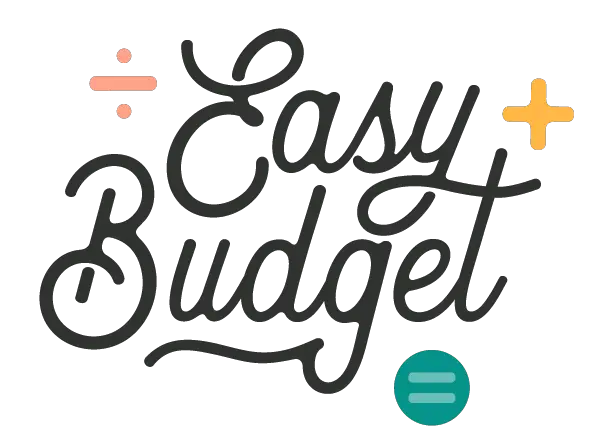

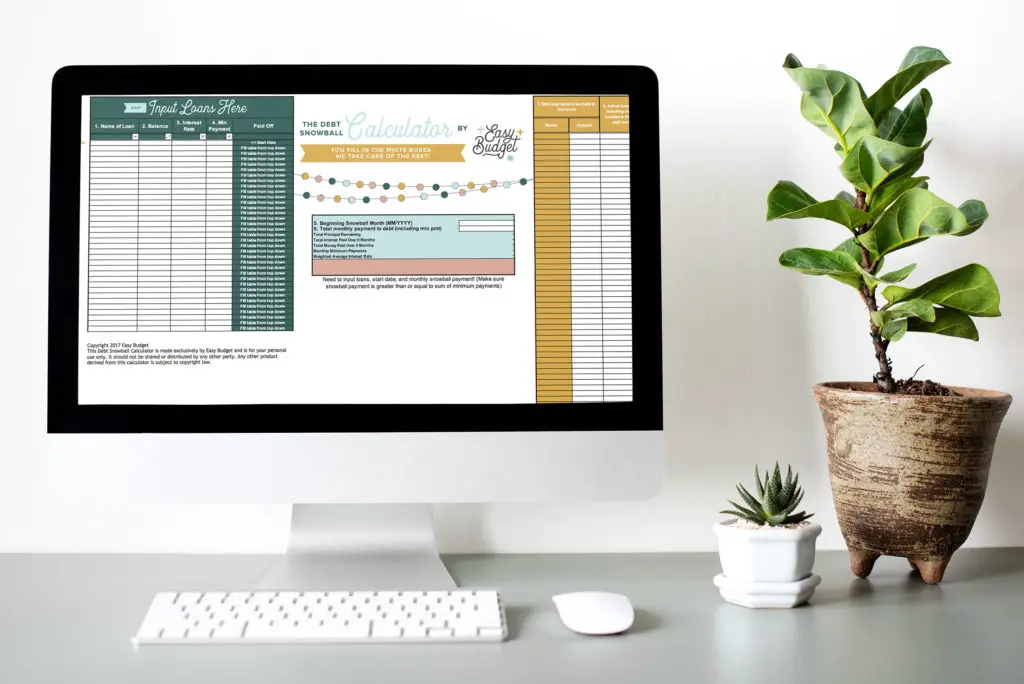



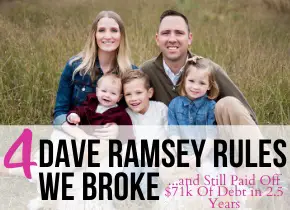


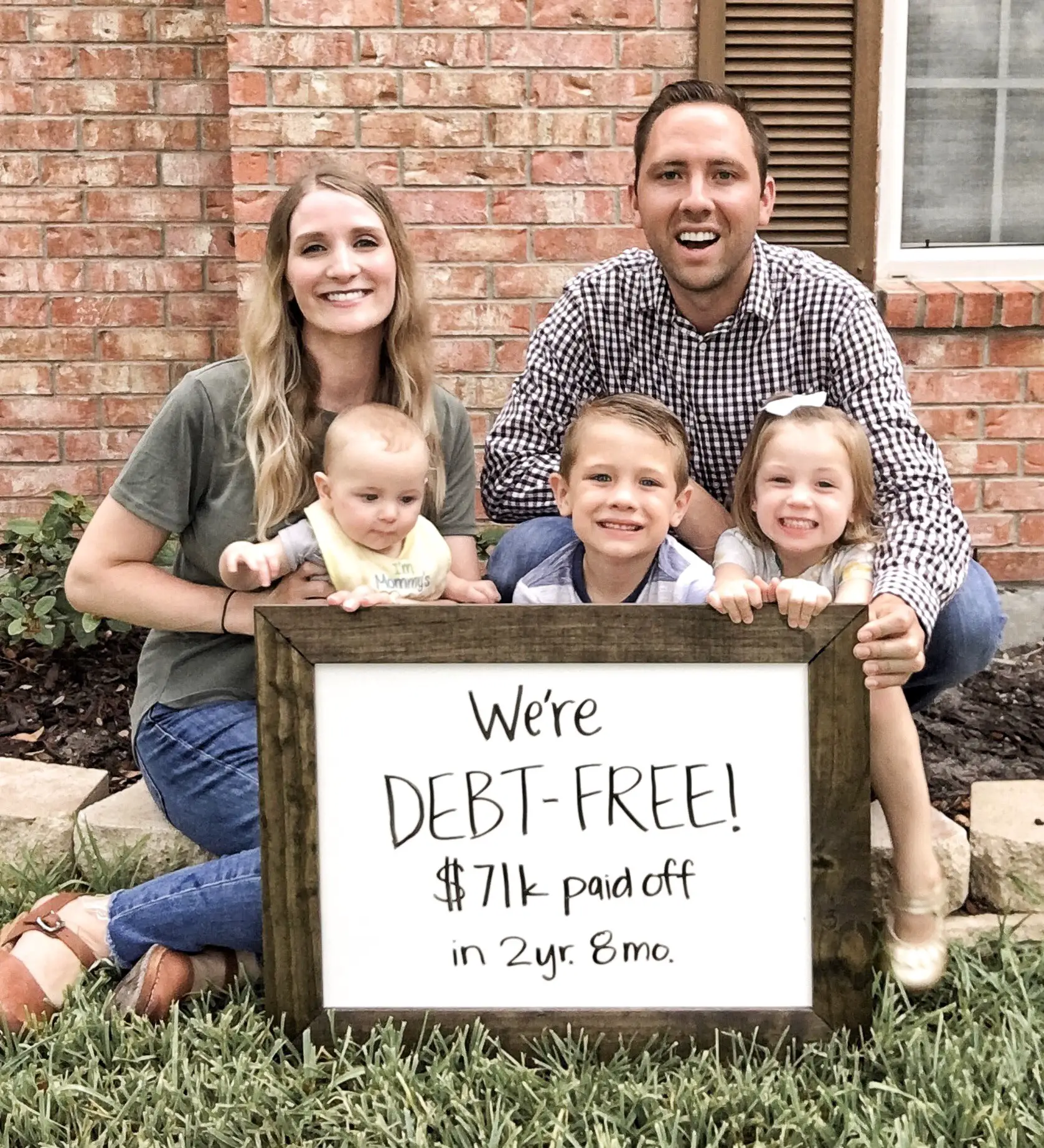

4 Responses
Love this article on sinking funds I heard of it but didn’t know exactly what I need to do to get started. Now that I know I’m ready to put my saving plans into place.
Way to go Dee! You’re going to feel (and be) so on top of things and organized!
Thanks Marilee for breaking it down for me. I’ve heard of people using the sinking fund but never quite understood. Is it possible to pay down debt and start a sinking fund or do you recommend paying debt down first?
You can totally do both at the same time! Set up your budget and make a little room for extra debt payments, and a little room for setting aside $ into sinking funds if you can.